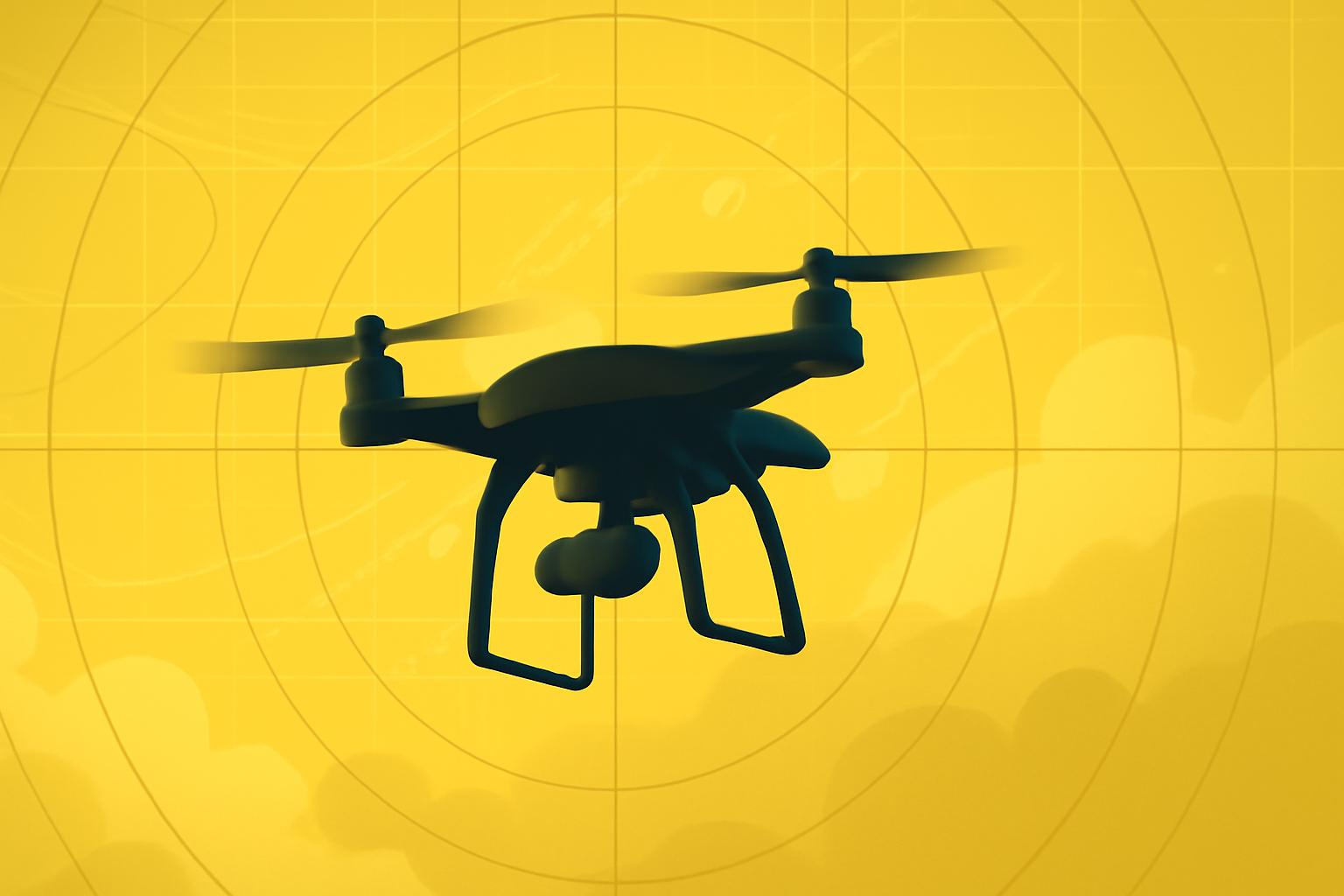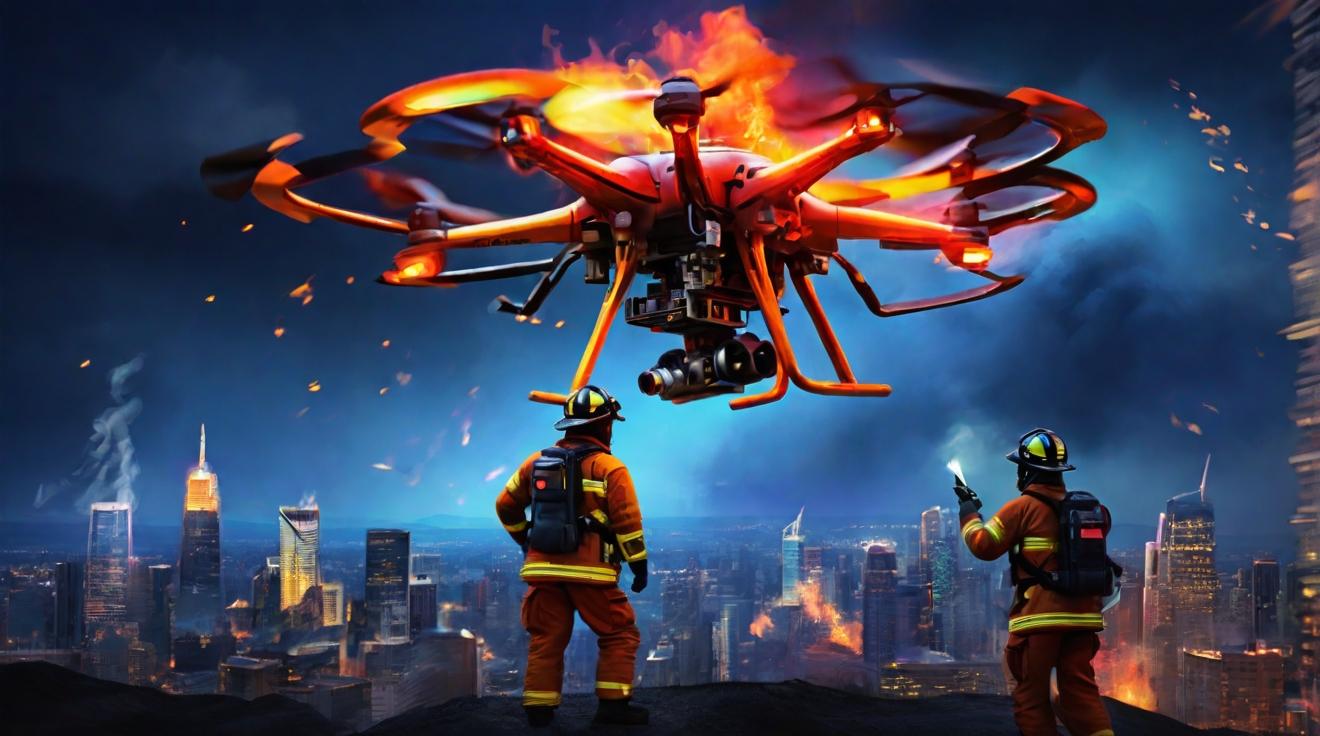Pilot Union Challenges FAA on Rainmaker’s Drone Cloud-Seeding Proposal
Rainmaker Technology’s initiative to deploy cloud-seeding flares via small drones faces opposition from the Air Line Pilots Association (ALPA), which has urged the Federal Aviation Administration (FAA) to reject the startup’s exemption request unless stricter safety standards are met.
The FAA’s decision will be pivotal in determining regulatory acceptance of weather modification using unmanned aerial systems, with Rainmaker’s plan currently under close scrutiny.
Union Cites Safety Risks, FAA Requests Additional Information
ALPA argues that Rainmaker’s petition does not demonstrate an equivalent safety level to existing aviation standards and presents an “extreme safety risk.” The union’s objections focus on unclear flight altitudes, insufficient airspace coordination, and hazards related to the use of flares.
Rainmaker seeks an exemption from FAA rules prohibiting small drones from carrying hazardous materials, proposing to use two types of flares on its Elijah quadcopter to disperse precipitation-inducing particles. The Elijah drone is designed to operate up to 15,000 feet mean sea level (MSL), overlapping controlled airspace frequented by commercial aircraft. Operations within this airspace require Air Traffic Control (ATC) clearance.
In its petition, Rainmaker states operations will primarily occur in Class G (uncontrolled) airspace unless otherwise authorized. ALPA contends the filing lacks clarity on specific flight locations and altitudes, although Rainmaker’s CEO Augustus Doricko notes that more detailed safety and operational data were submitted confidentially to the FAA, including pre-approved flight zones deemed safe by aviation authorities.
Environmental and Operational Concerns Raised
The pilots’ union also questions the environmental impact and fire safety of the flares, highlighting the absence of trajectory modeling for ejectable flare casings and environmental analysis of the chemical agents used.
Responding to these points, Doricko referenced decades of environmental studies by the EPA and state agencies, which have found no adverse effects from cloud seeding materials. He emphasized that Rainmaker’s operations disperse minimal quantities of silver iodide—far less than pollutants emitted by typical commercial flights.
Rainmaker Emphasizes Safety Measures and Collaboration
Sam Kim, Rainmaker’s aviation regulatory manager, expressed respect for the pilots’ union and a desire to strengthen relations but criticized the objection as stemming from a misunderstanding of the exemption’s purpose. He clarified that flare use is limited to controlled research flights and not part of routine operations.
Doricko further outlined comprehensive safety protocols, including coordination with local ATC, certified remote pilots, and collision avoidance systems involving both electronic and human observers. Flights are planned over rural areas and private properties with established agreements, minimizing risks to populated zones.
Context: Cloud Seeding and Drone Innovation
Cloud seeding, a practice dating back to the 1950s, involves dispersing particles—commonly silver iodide—to stimulate precipitation by encouraging ice crystal formation in supercooled clouds. Traditionally conducted by manned aircraft, it supports snowpack enhancement and water resource management, especially in the western United States.
Rainmaker’s approach replaces crewed flights with drones, potentially reducing pilot risk and offering precise control over flight patterns. However, the FAA’s final assessment of the company’s risk mitigations and operational plans will be critical in setting a regulatory precedent for drone-assisted weather modification.
Next Steps
The FAA has yet to issue a ruling, having requested additional operational and safety information from Rainmaker. The agency’s decision will likely influence future policies governing unmanned weather modification technologies.
As of September 13, 2025, this report includes comments from Rainmaker CEO Augustus Doricko and regulatory manager Sam Kim.
FinOracleAI — Market View
The FAA’s forthcoming decision on Rainmaker’s exemption request represents a significant regulatory milestone for drone applications in weather modification. Approval could open new commercial opportunities for unmanned atmospheric research and environmental services, while rejection or stringent conditions may slow innovation in this niche sector.
Key risks include unresolved safety concerns from the pilots’ union and potential operational challenges in integrating drones into controlled airspace. Market participants should monitor FAA communications and any emerging industry standards on drone-based cloud seeding closely.
Impact: Neutral













